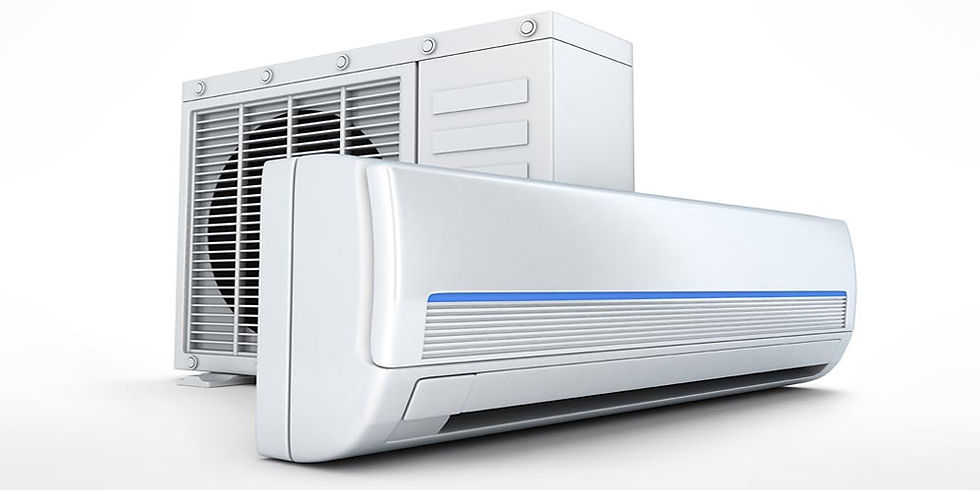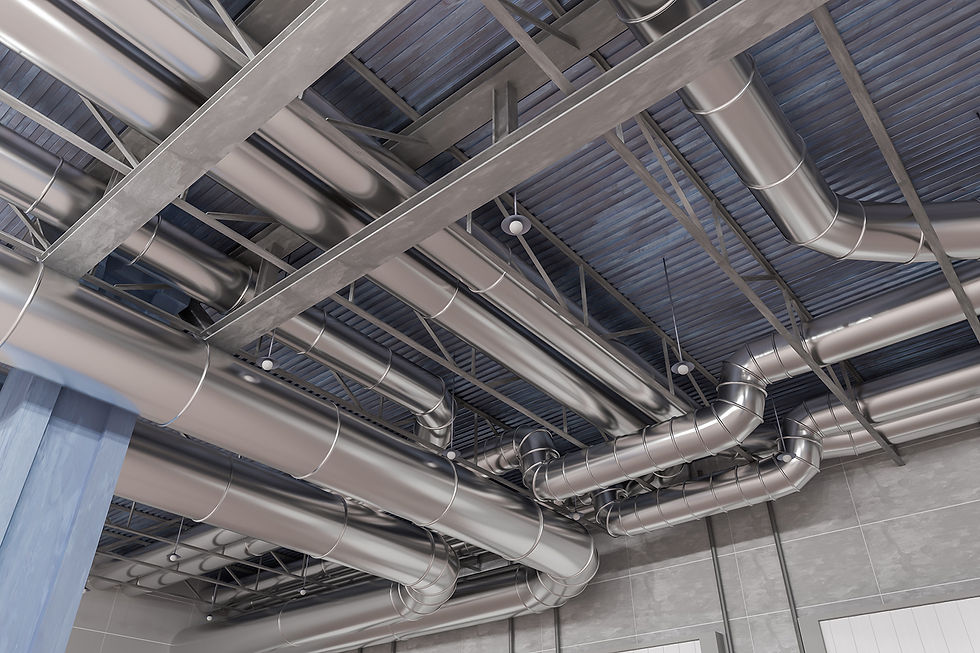Introduction

When the summer heat is at its peak, and you find yourself seeking refuge in a comfortably cool room, you have your trusty air conditioning system to thank. Air conditioning systems are complex machines designed to regulate the temperature, humidity, and air quality in our indoor spaces. In this blog, we'll explore the essential components of an air conditioning system, shedding light on the intricate mechanisms that keep us cool and comfortable during the scorching summer months.
Refrigerant
Refrigerant is the lifeblood of an air conditioning system. It is a chemical compound that cycles through various phases, enabling the system to transfer heat efficiently. The refrigerant absorbs heat from the indoor air and releases it outside, effectively cooling the indoor space. Common refrigerants used in air conditioning systems include R-410A and R-22.
Compressor
The compressor is the heart of the air conditioning system. It is responsible for pressurizing and circulating the refrigerant. When the refrigerant enters the compressor as a low-pressure gas, it gets compressed into a high-pressure, high-temperature gas. This process is essential for efficient heat transfer.
Condenser

The condenser coil is located in the outdoor unit of the air conditioning system. It is responsible for releasing the heat collected from inside the building. As the high-pressure, high-temperature gas flows through the condenser coils, it loses heat to the surrounding air and transforms into a high-pressure liquid.
Evaporator
The evaporator coil is located in the indoor unit of the air conditioning system. It plays a crucial role in the cooling process. The high-pressure liquid refrigerant enters the evaporator, where it expands, evaporates, and absorbs heat from the indoor air. This process cools the air and makes it comfortable for the occupants.
Expansion Valve
The expansion valve, also known as a thermal expansion valve, is a small but critical component. It is responsible for regulating the flow of the refrigerant into the evaporator coil, ensuring that it evaporates at the right rate to absorb heat effectively.
Air Handling Unit (AHU)
The air handling unit is part of the indoor unit and contains a blower and evaporator coil. It is responsible for circulating the cool air throughout the building. The blower forces air over the evaporator coil, where it gets cooled before being distributed into the living space through ductwork.
Thermostat
The thermostat acts as the control center for the air conditioning system. It allows users to set the desired temperature and operating mode (cool, heat, fan, etc.). Modern thermostats often come with programmable features and can be remotely controlled through smartphones, making it easier to manage your indoor climate.
Ductwork

Ductwork is the system of pipes or channels that distribute conditioned air throughout the building. Properly designed and insulated ductwork is essential for maintaining energy efficiency and ensuring even cooling in all areas of the building.
Air Filter
Air filters are designed to remove dust, pollen, and other particles from the incoming air. This not only improves indoor air quality but also helps the system operate efficiently by preventing the accumulation of dirt on the evaporator and condenser coils.
Conclusion
Air conditioning systems are marvels of engineering, combining various components to create a comfortable indoor environment, even in the sweltering summer heat. Understanding the key components of these systems can help homeowners and business owners maintain their units and ensure they work efficiently. Regular maintenance, including cleaning or replacing air filters, and periodic professional inspections, can extend the life of your air conditioning system and keep your space cool and comfortable for years to come.


Comments